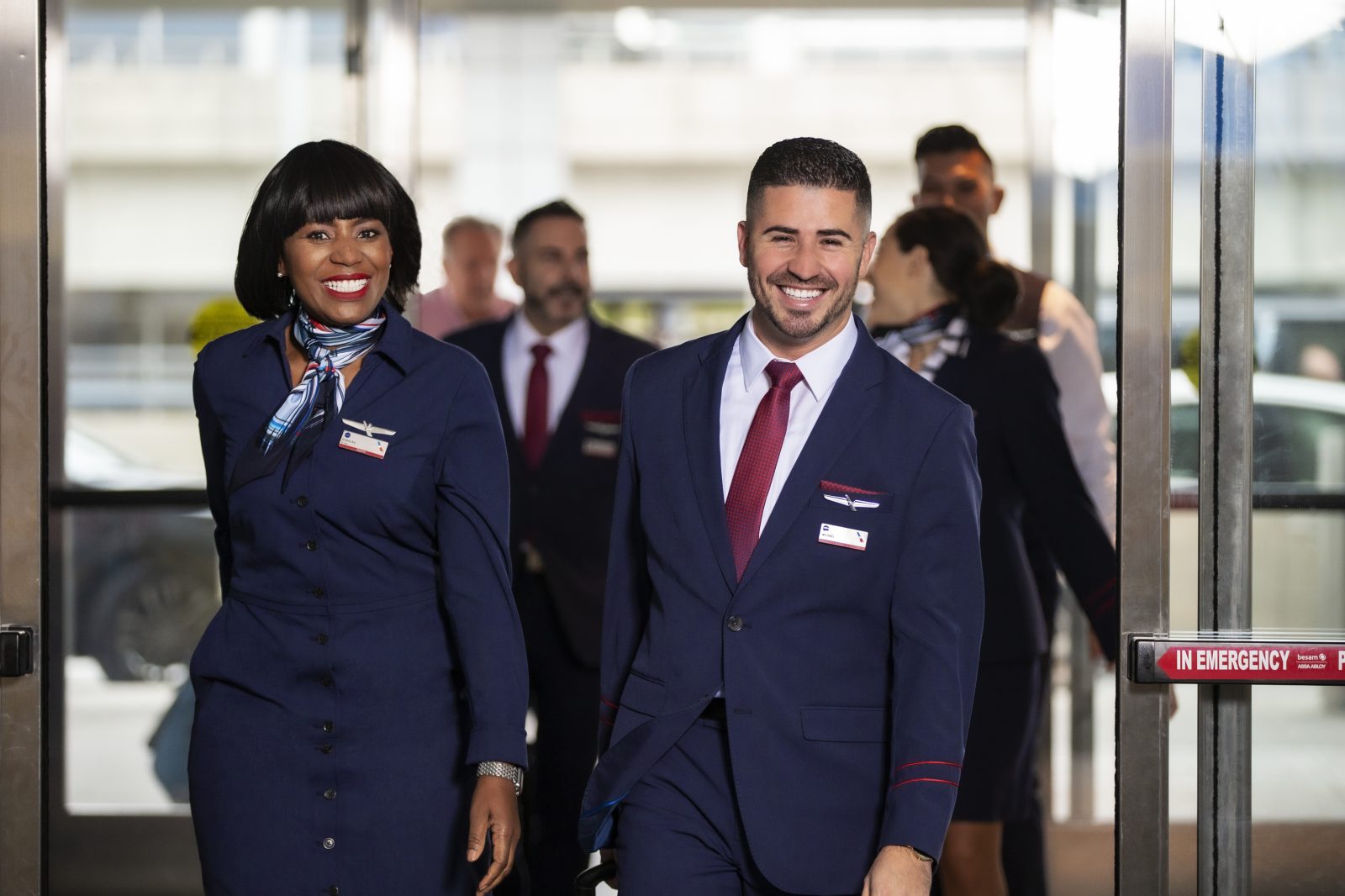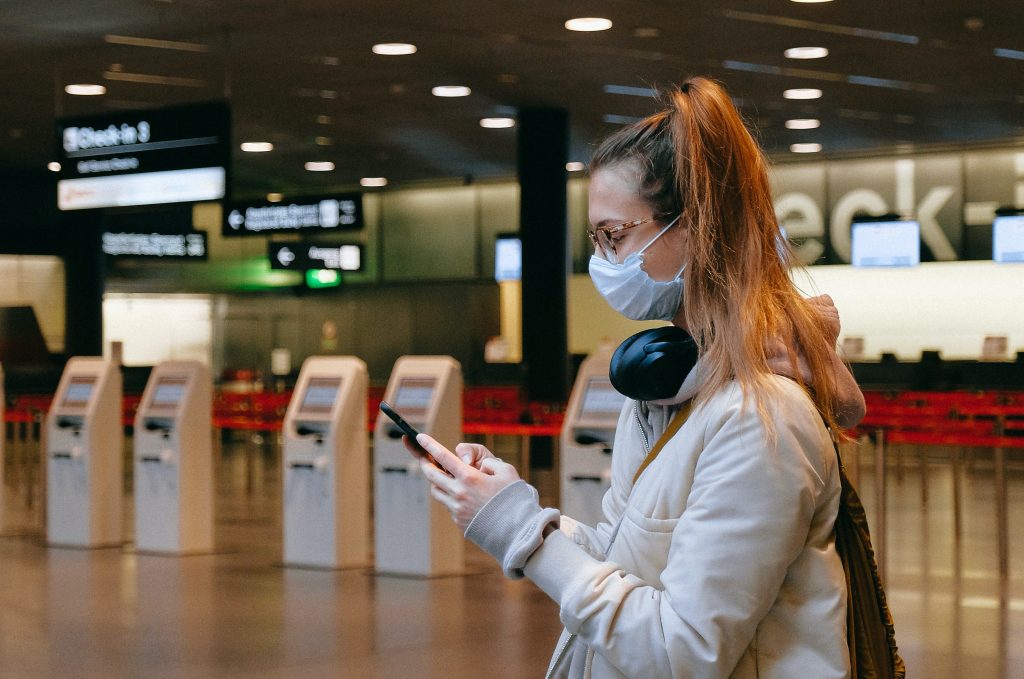
American Airlines has backtracked on banning its flight attendants from wearing surgical and N95 facemasks at work after an in-flight manager threatened to discipline a crew member who had worn a mask during a flight. Despite being popular amongst crew at many Asian airlines, face masks have been either discouraged or even completely banned by a number of western airlines citing recommendations from the World Health Organisation (WHO) and Centers for Disease Control and Prevention (CDC).
“Starting today, flight attendants may wear face masks during all phases of flight, regardless of destination,” a new memo from American Airlines informs its flight attendants. Previously, American had only allowed crew to wear masks on what it considered to be “high-risk” routes to Asia because that’s where the Covid-19 pandemic is believed to have originated.

The decision follows the threat from an American Airlines manager to discipline a crew member who had been seen to wear a mask on a domestic flight within the United States. The leaked email told the flight attendant to either stop wearing the mask or not turn up to work… If the crewmember did wear a mask then they faced being disciplined.
“In the last few days, we’ve seen an increase in questions from our team asking to wear face masks on the plane,” reads a memo with updated guidance from AA management.
“There have been no changes to CDC recommendations regarding face masks for crews. They still do not consider it an effective protection again the virus. Health experts say the single most effective way to protect yourself against COVID-19 is to wash your hands with soap and water, and avoid touching your mouth, nose, eyes and face. Face masks are impactful when worn by sick people. Nonetheless, some of you have said that it would make you feel safer and comfortable to wear a mask, so we will now permit this,” the memo continues.
“Starting today, flight attendants may wear face masks during all phases of flight, regardless of destination.”
However, flight attendants who choose to wear a mask must provide their own and it must be in a “neutral color”. The airline cited a worldwide shortage of masks for the decision not to provide them for crew.
Suggesting that crew had been desperate to get hold of masks, the memo continued:
“We’ve also seen reports of entire supplies of face masks being stripped from the kits onboard, which is creating a shortage. Please do not remove masks from the Grab and Go or Ancillary* (ANC) kits unless you are taking care of a sick customer. Due to the worldwide shortage of masks, we must conserve the ones supplied on the aircraft for confirmed medical emergencies. If you remove masks from these kits, please inform the captain by using a Cabin Discrepancy Worksheet (CDW), and fill out a CERS report within 24 hours.”
There’s clearly a lot of debate as to how helpful a face mask can be in preventing the spread of Coronavirus but seeing people wearing masks, especially on planes, is becoming a lot more common.
In January, Cathay Pacific cabin crew won the right to wear face masks on all flights despite initial reluctance from the airline. Since then, the Hong Kong-based airline has started to allow crew to wear goggles as well.
Even more conservative airlines, including the likes of Emirates, has allowed crew to wear face masks at their discretion while both Japan Airlines and Singapore Airlines have made wearing face masks a compulsory part of their uniform. Some carriers, even require all passengers to wear masks – the trend started with Alitalia and has now extended to both Eva Air and Air China.
Related
Mateusz Maszczynski honed his skills as an international flight attendant at the most prominent airline in the Middle East and has been flying ever since... most recently for a well known European airline. Matt is passionate about the aviation industry and has become an expert in passenger experience and human-centric stories. Always keeping an ear close to the ground, Matt's industry insights, analysis and news coverage is frequently relied upon by some of the biggest names in journalism.







